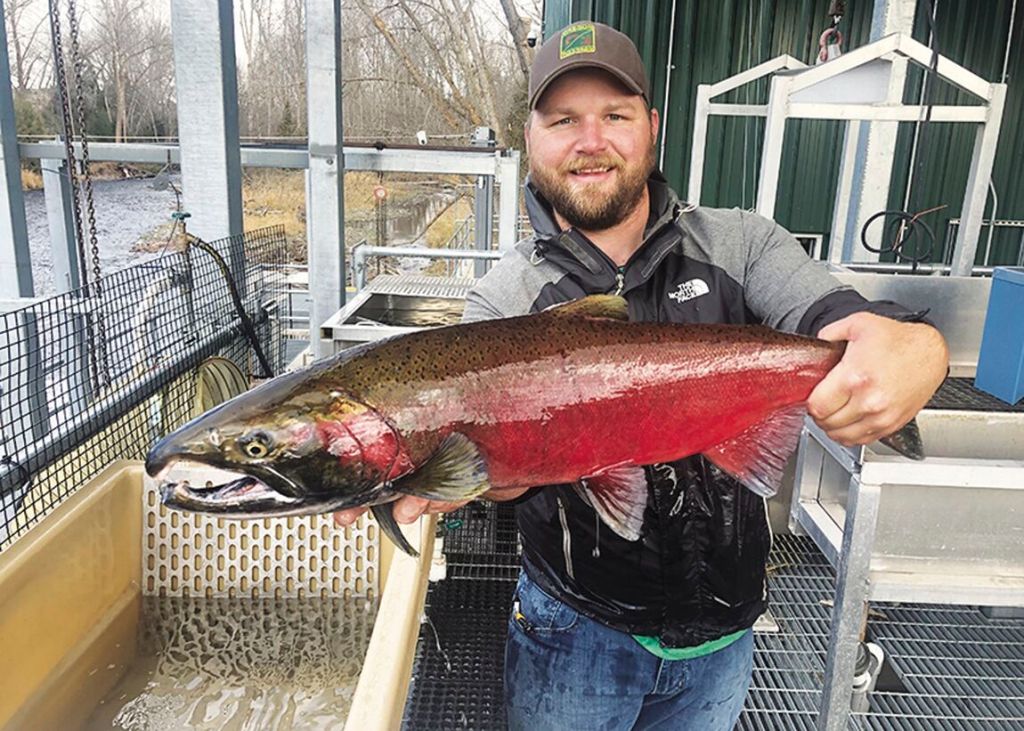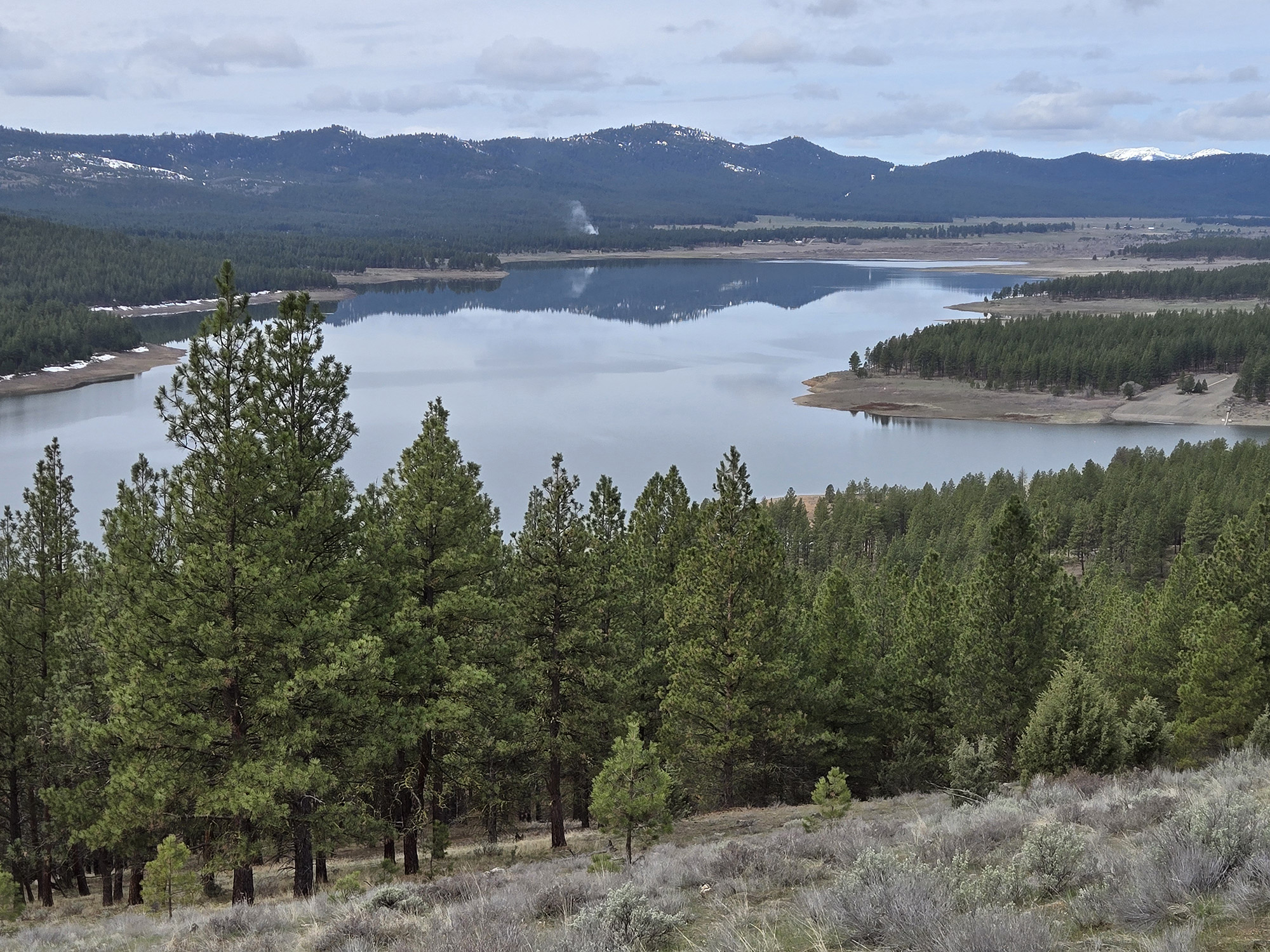Coho fishing season opens on Grande Ronde
Published 2:30 pm Friday, October 1, 2021
ENTERPRISE — For the second consecutive year, anglers will be able to harvest coho salmon in the Grande Ronde River.
Trending
The season started Friday, Oct. 1, and the daily bag limit for adult coho salmon over 20 inches is two. For jack coho salmon 20 inches or less, the bag limit will be five with two daily limits in possession. The regulations are in place through Nov. 30 or until further notice from the Oregon-Washington border upstream to the Wildcat Bridge, approximately seven miles upstream from Troy.
Last year’s coho season was the first on the Grande Ronde since 1980.
Fish managers don’t expect to see coho being caught for a few more weeks. Fish have recently begun to cross the Lower Granite Dam on the Snake River, the last dam of eight, and will need just a bit of time to make their way up the Grande Ronde. Managers also expect that most coho catch will be incidental while anglers are targeting hatchery steelhead, and they don’t expect additional anglers on the river.
Trending
“While we didn’t see a lot of directed effort or catch of coho last year, it’s nice to give anglers the option for harvest when they do land one,” said Kyle Bratcher, district fish biologist at the Oregon Department of Fish and Wildlife’s (ODFW) Enterprise office. “With generally low catch rates of coho, we don’t see a lot of anglers targeting them specifically.”
Creel clerks will be monitoring the fishery regularly to assess potential effects to wild fish and assess success of anglers. Information gained from creel surveys helps ODFW minimize impacts to wild fish populations and informs programs that can improve the fishery over time. Anglers are encouraged to engage with the creel clerks when they can, as they have their finger on the pulse of the fishery and can often provide anglers with beneficial information.
In addition to a strong coho return, Bratcher says that fall chinook salmon and bull trout are also encountered on an annual basis during the Grande Ronde steelhead fishery.
“One of the great things about the Grande Ronde from a fish biologists view is the diversity of fish species,” he said.
Bratcher added that “anglers should remember that fall chinook, bull trout, and wild steelhead cannot be harvested in the Grande Ronde and must be released unharmed.”
Since Lostine River coho were reintroduced by the Nez Perce Tribe and the state in 2017, Columbia River coho returns have improved including the Lostine River stock, allowing ODFW to open the first recreational fishery in 2020 and continue with that opportunity in 2021. Officials with ODFW and the tribe expect more than 4,000 Lostine River coho to pass Lower Granite Dam, before returning to the Grande Ronde River Basin.
Coho salmon were reintroduced to provide for harvest in both treaty and non-treaty fisheries and to restore ecological function lost in their absence.
Coho, which are somewhat smaller than their salmonid cousins, the chinook, were once plentiful in the Grande Ronde basin, including the Lostine River, one of the major streams flowing from the Wallowa Mountains.
An estimated 20,000 adult coho returned to the basin annually.
But coho were extirpated from the basin as early as 1912 due to overfishing, dam construction and damage to their spawning and other habitat, according to ODFW.
State officials tried to restore coho runs several times up to the early 1970s, but though there were enough fish to have a harvest season as late as 1980, the salmon didn’t establish persistent runs.
The Nez Perce tribe, for which coho and other anadromous fish were vital sources of food, reintroduced the salmon to the Clearwater River in Idaho.
Then, working with ODFW, the Nez Perce in March 2017 released 500,000 coho smolts — baby fish — in the Lostine River near the town of Lostine.
Those smolts migrated down the Lostine, Wallowa, Grande Ronde, Snake and Columbia rivers to the Pacific Ocean.
Most coho spend two years in saltwater, although some will begin their upstream migration after one year in the ocean.
In 2018 the first adult coho in almost four decades returned to the Lostine. That year’s run totaled fewer than 200 coho.
With a diverse makeup of fish species that anglers may encounter this year, Bratcher is encouraging anglers to brush up on their fish identification skills and to release any fish that they are unsure of the species.










